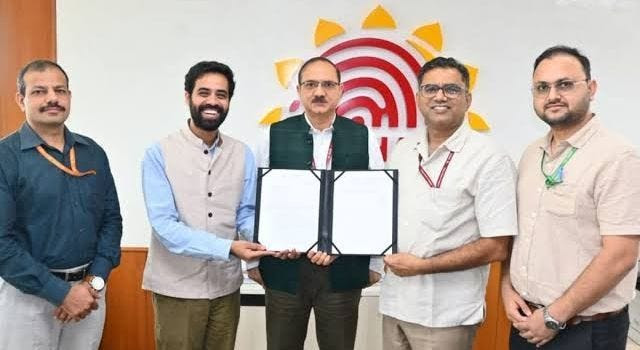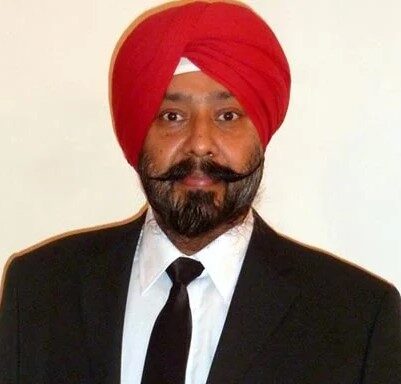 Elon Musk has always had a taste for provocation. From rockets landing on drone ships to cars driving themselves, he thrives on rewriting rules others take for granted. Now, with Starlink’s entry into India, Musk has rewritten another rule—not of physics, but of paperwork. He has chosen Aadhaar.
Elon Musk has always had a taste for provocation. From rockets landing on drone ships to cars driving themselves, he thrives on rewriting rules others take for granted. Now, with Starlink’s entry into India, Musk has rewritten another rule—not of physics, but of paperwork. He has chosen Aadhaar.
In one stroke, Musk has cut through India’s red tape. Forget the mess of voter IDs, passports, ration cards, electricity bills, affidavits, and self-attested photocopies. Starlink will use Aadhaar authentication for customer verification. It is a digital embrace of India’s most ambitious identity project. And it could reset the way foreign firms approach Indian regulation.
The genius of picking the obvious
What is striking about this decision is its simplicity. For years, global corporations have tied themselves in knots trying to navigate India’s KYC regime, building layers of compliance manuals thicker than the Indian Penal Code itself. Musk chose the obvious: use Aadhaar, the one document that already works everywhere from banking to SIM cards.
By doing so, he has also dodged a debate that has paralysed Indian politics for over a decade—the question of citizenship. Aadhaar can tell you someone exists. It cannot tell you whether they are a citizen. That is for the government to decide. Musk doesn’t care. Starlink doesn’t need voters, it needs subscribers. Aadhaar is good enough.
An end to “ghost connections”
Indian telecom has long been plagued by ghosts: fake connections, mass-SIM fraud, and anonymous numbers that fuel crime and spam. Aadhaar, with its biometric backbone, is as close to a ghostbuster as India has. The “no duplicate connections” promise may not be mathematically perfect, but it’s far better than the patchwork of IDs India relied on before. For a company that must beam internet from satellites into some of the most remote corners of the country, cutting out fraud at the gate is not a luxury—it’s survival.
The wrinkle of non-humans
But Aadhaar is only for flesh-and-blood Indians. What happens when a company, a trust, or an NGO wants a Starlink connection? Entities do not have fingerprints or irises. The answer will be a hybrid: corporate documents to prove the entity exists, and Aadhaar verification of the human authorised to act on its behalf. In a way, Aadhaar becomes the human bridge through which every institution proves its legitimacy.

Karan Bir Singh Sidhu, IAS (Retd.), former Special Chief Secretary, Punjab, writes on the intersection of constitutional probity, due process, and democratic supremacy.
It’s a fascinating inversion. A global company like Starlink, itself an institution, will now rely on the Aadhaar of an individual signatory to prove its Indian customer base. Identity has been pulled down to the personal, while existence is kept at the corporate level.
Musk versus the maze
In many ways, this is Musk at his most consistent. His businesses thrive on speed and scalability, both of which are strangled by bureaucratic delay. Rather than lobbying endlessly for exemptions or inventing workarounds, he has chosen to plug directly into India’s most controversial but effective digital tool.
It’s a message to India as much as it is a strategy for Starlink: if you want to unlock growth, stop multiplying documents. One clear identity system beats a thousand half-measures. Musk may be gambling on Aadhaar, but in doing so he has also held up a mirror to Indian policymakers.
The larger lesson
The Starlink-Aadhaar story is not about citizenship. It is about friction. By embracing Aadhaar, Musk has shown that the shortest path through India’s rules is sometimes the most obvious one. This will not end the Aadhaar debate—far from it. But it demonstrates how a bold outsider can use India’s own systems to bypass the inefficiencies Indians themselves often take for granted.
Starlink may or may not revolutionise rural connectivity in India. But with Aadhaar, Musk has already revolutionised one thing: how to deal with India’s red tape. He has not fought it. He has simply cut straight through.
Pull-quote: “Musk hasn’t beaten India’s bureaucracy—he’s outflanked it, using Aadhaar as the scalpel.”